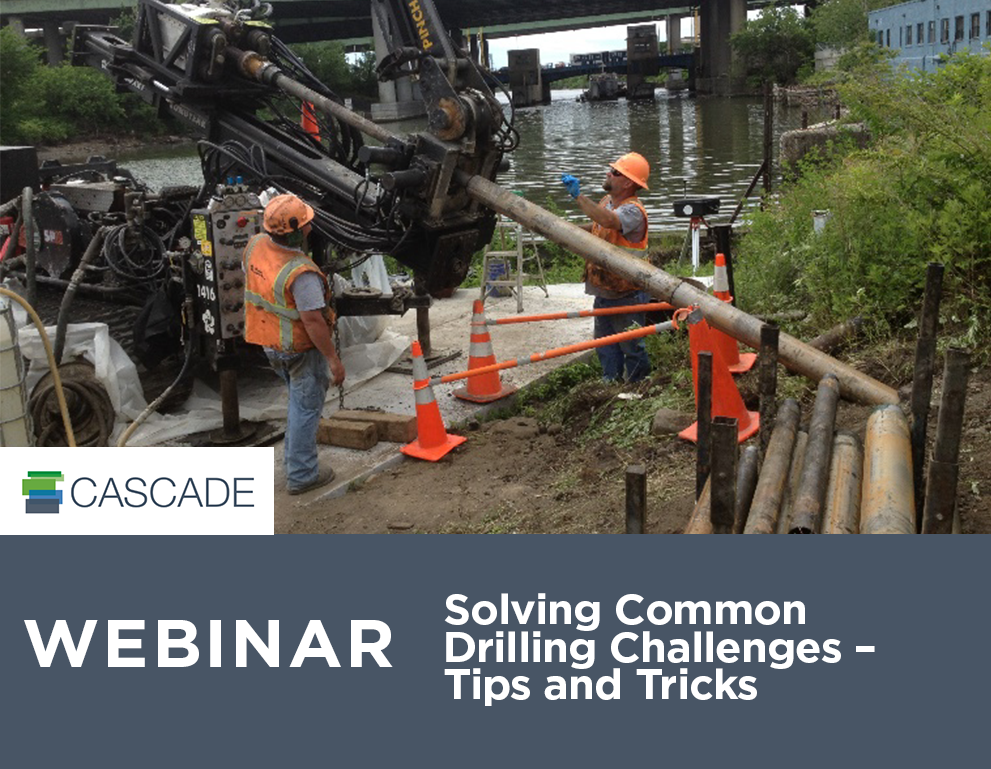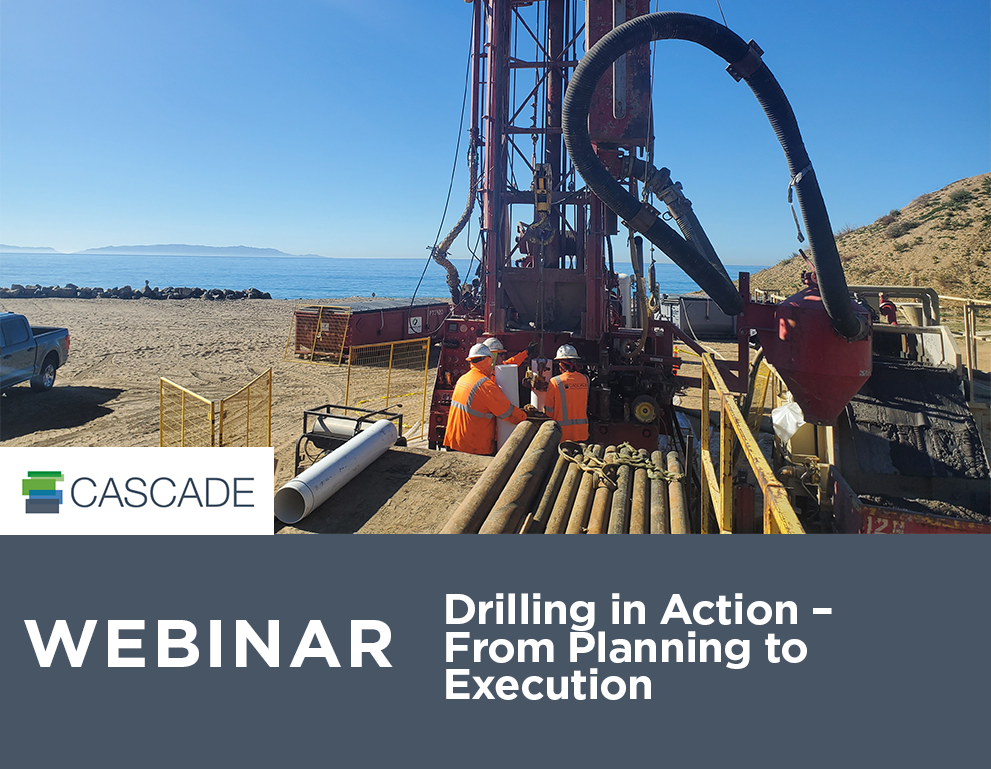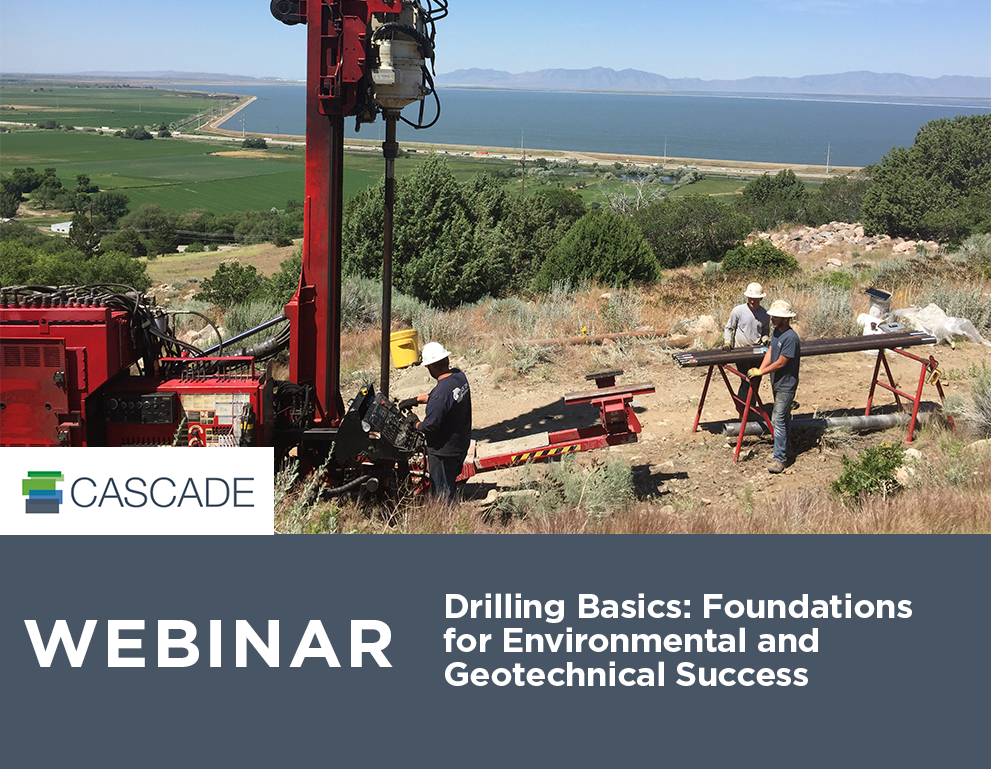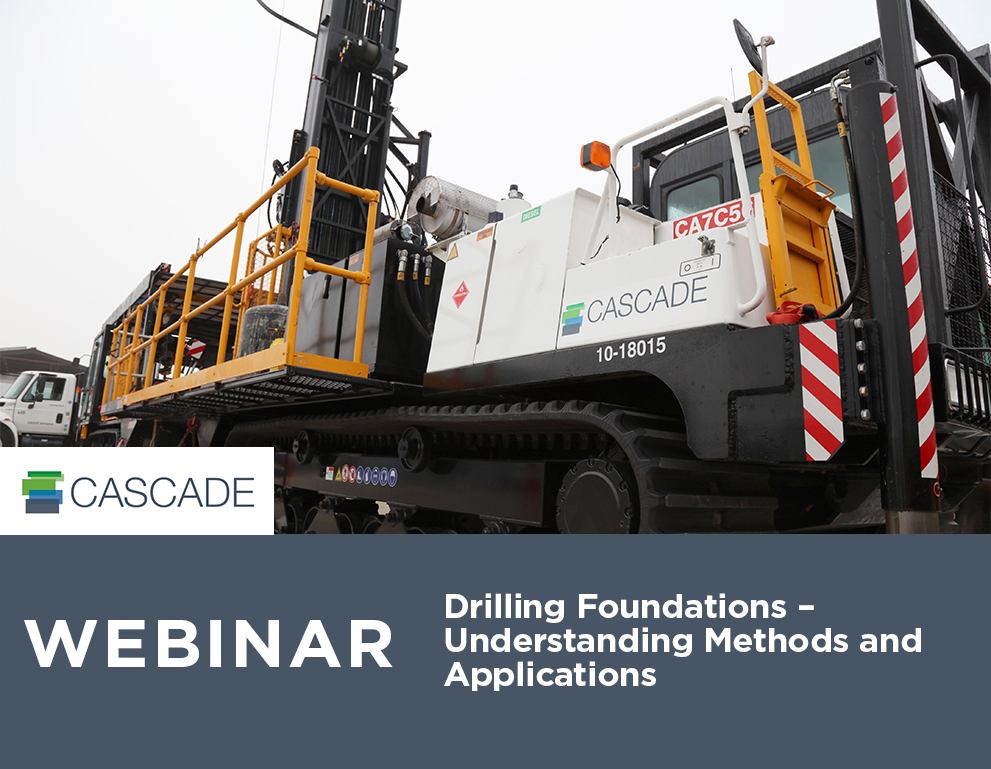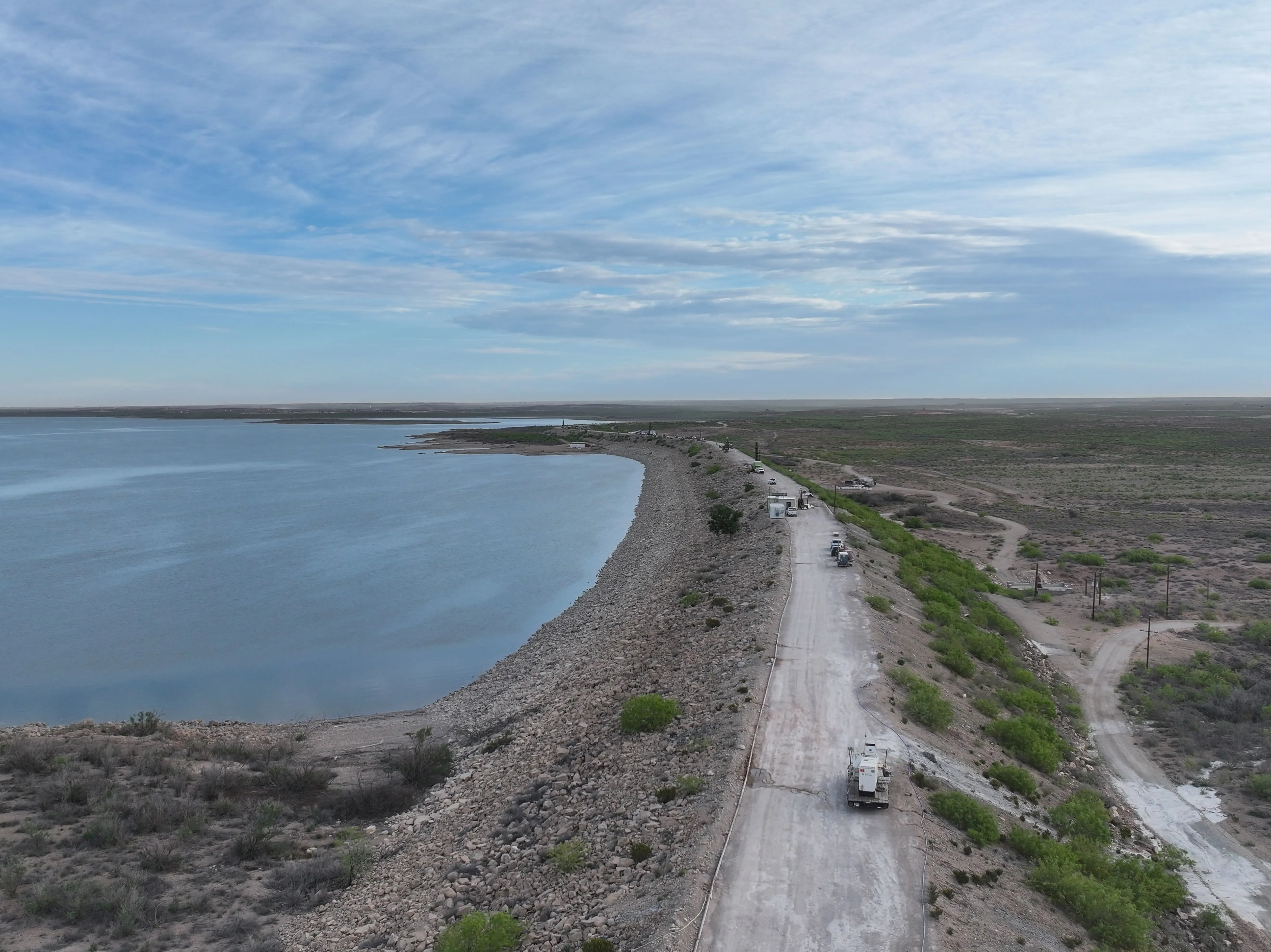5 Common Questions About Portable Drill Rigs
By: Bill PoupisWe do not live in an ideal world, and in this not-ideal world we are faced with difficult drilling sites that can challenge even the most experienced environmental and engineering consultant or driller. For limited access sites in particular—those that, due to the footprint or overhead obstacles, limit the tools and resources that can be used—portable drill rigs that can be easily assembled and disassembled on location are often the best solution. In this blog post Bill Poupis, Sr. Vice President, answers questions about portable rigs and their capabilities.
If you would like to learn more about the differences between restricted and limited access drilling, read Bill’s previous post on the topic here.
How does a portable rig vary from a traditional drill rig?
The most obvious difference between portable and traditional drill rigs is that portable ones are built with an aluminum frame and can be disassembled, packed into the bed of a pick-up truck, taken in pieces to the site, and reassembled where drilling will occur. This sidesteps a lot of issues regarding access that would make traditional rigs unsuited for the project.
Because portable rigs are typically smaller than traditional options, they may also be more limited in their functionality, and may not be able to achieve the same depths as more typical rigs.
What is the size of the portable rig when it’s set up? With the pieces being aluminum and rig being relatively light, are there ever issues with having enough crowd to drill down?
It varies, but portable rigs are typically about 36” wide, so assume three feet. They’re aluminum and are lightweight, which is great when carrying them to a project site, but when needed we can add weight. For example, to drill deeper, the rig requires more hold back at the top so we would add weight to the machine.
What depth can be achieved with a portable rig?
Portable rigs are best suited for shallow investigations, but we have achieved depths of 190 feet using them.
When using an electric portable rig, what is the power requirement?
Our electric portable rig requires 220 volts, three phase, 60 amps. There are occasions where we hook up into the panel of the facility if it’s available to us, but for the most part we run off our own power that we keep located outside the building. In those situations where we do use the facility’s power, we don’t do the hookup—if there’s a janitor or custodian, we ask them to manage it, or we subcontract a licensed electrician.
What are the capabilities of the portable rig regarding maximum depth, use for environmental work, the ability to set monitoring wells, etc.?
Our portable rigs were originally designed for Geotech. It’s a mud rotary system, so no air, sonic, and it’s set up specifically for Geotech investigations. We can do environmental work with them, but in those cases fluid must be used to advance the bit and casing. We’ve achieved depths of 190 feet, but drilling depth is dependent on the drill location.
Interested in learning more about portable rigs and other drilling solutions for limited and restricted access project sites? Watch Bill’s on-demand webinar, Limited Access Drilling: How to Do More With Less.
If you have a project where a portable drill rig might be the best solution, you can request a quote now.


